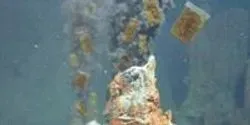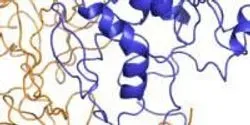Bacteria

The inaugural MicroTAS Video Competition, run by microfluidics specialist Dolomite and Lab on a Chip, and supported by the Chemical and Biological Microsystems Society, saw first prize awarded to an enterprising – and highly creative – entry submitted by Tijmen Hageman from the Korean Institute of Science and Technology (KIST) Europe GmbH in collaboration with the Unviersity of Twente.

If it were the end of the world as we know it, we’d be fine, according to Michigan Technological University professor Joshua Pearce.

University of Illinois microbiology professor Isaac Cann and his colleagues found bacterial enzymes in the human gut that can rival those of the cow rumen in their ability to break down the plant fiber hemicellulose for biofuels production.

Researchers at the Department of Energy’s Oak Ridge National Laboratory are the first team to sequence the entire genome of the Clostridium autoethanogenum bacterium, which is used to sustainably produce fuel and chemicals from a range of raw materials, including gases derived from biomass and industrial wastes.

When they are not busy attacking us, germs go after each other. But when viruses invade bacteria, it doesn’t always spell disaster for the infected microbes: Sometimes viruses actually carry helpful genes that a bacterium can harness to, say, expand its diet or better attack its own hosts.













